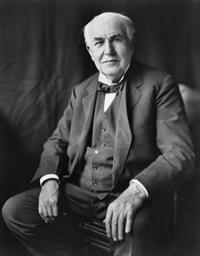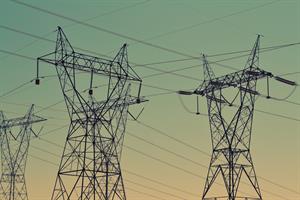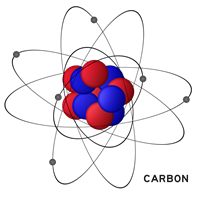
PUMPA - SMART LEARNING
எங்கள் ஆசிரியர்களுடன் 1-ஆன்-1 ஆலோசனை நேரத்தைப் பெறுங்கள். டாப்பர் ஆவதற்கு நாங்கள் பயிற்சி அளிப்போம்
Book Free DemoIn \(1882\), a miracle happened in New York city when Thomas Alva Edison gently pushed the switch on \(14,000\) bulbs in \(9,000\) houses. It was the greatest invention of humankind, and people saw the light after sunset for the first time.

Thomas Alva Edison
In \(1899\), electricity first came to India, seventeen years after New York. The Calcutta Electric Supply Corporation Limited commissioned the first thermal power plant in India on \(17\) April \(1899\).
Around the \(1900\)s, a thermal power station was set up at Basin Bridge in Madras city. Power was distributed to the government press, general hospitals, electric tramways and certain residential areas in Madras. Today, electricity is a common household commodity.

Electric poles in the urban area
Structure of an atom:
All the objects around us are made up of small particles called atoms. The centre of the atom is called the nucleus. The nucleus consists of protons and neutrons. Neutrons have no charge, whereas protons are positively charged. Electrons are negatively charged that revolve around the nucleus in circular orbits. Electricity is a form of energy that is associated with electric charges that exist inside the atom.

Atomic structure of carbon atom
Electrical charges are generally denoted by the letter '\(q\)'. Like other physical quantities, electric charge is measured in a unit called a \(coulomb\). One unit of a coulomb is a charge of approximately protons or electrons.
Reference:
https://pixabay.com/photos/thomas-alva-edison-inventor-1922-67763/
https://pixabay.com/illustrations/carbon-hydrogen-atom-molecule-2222968/
https://www.stockvault.net/photo/191557/electric-supply